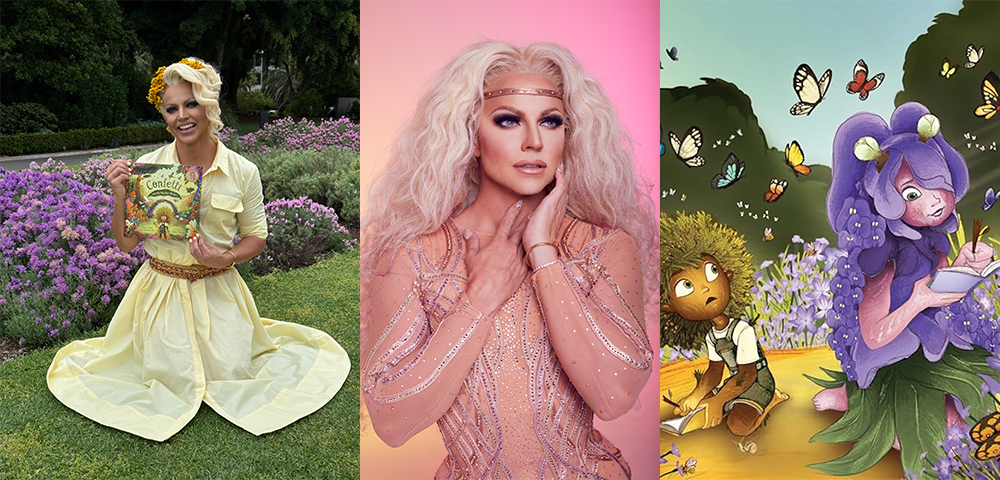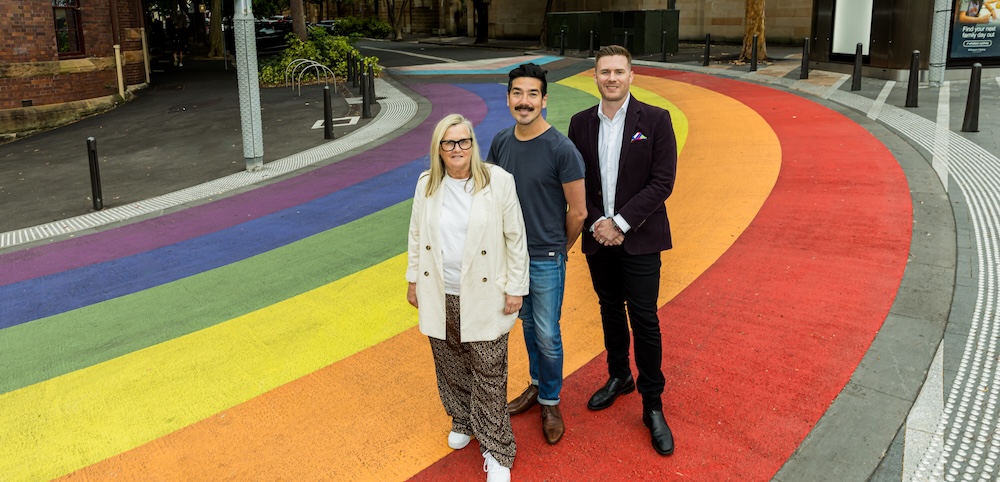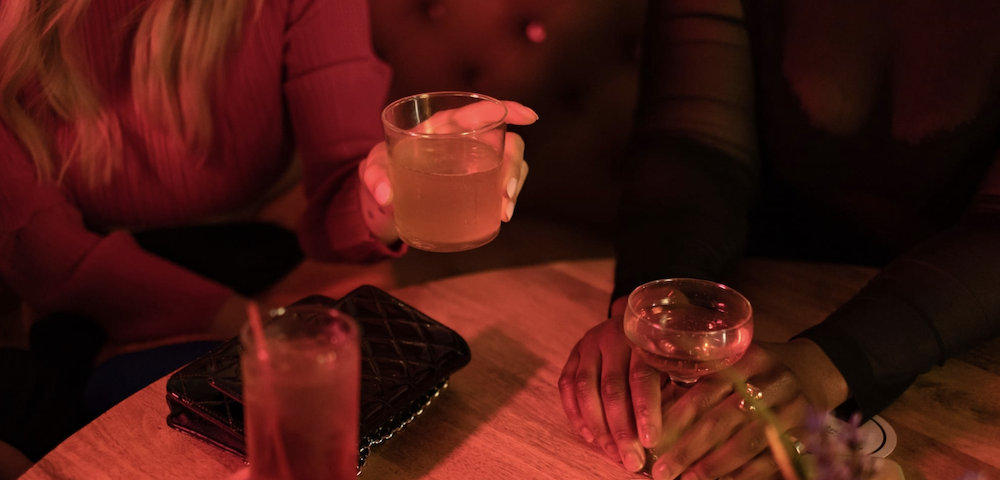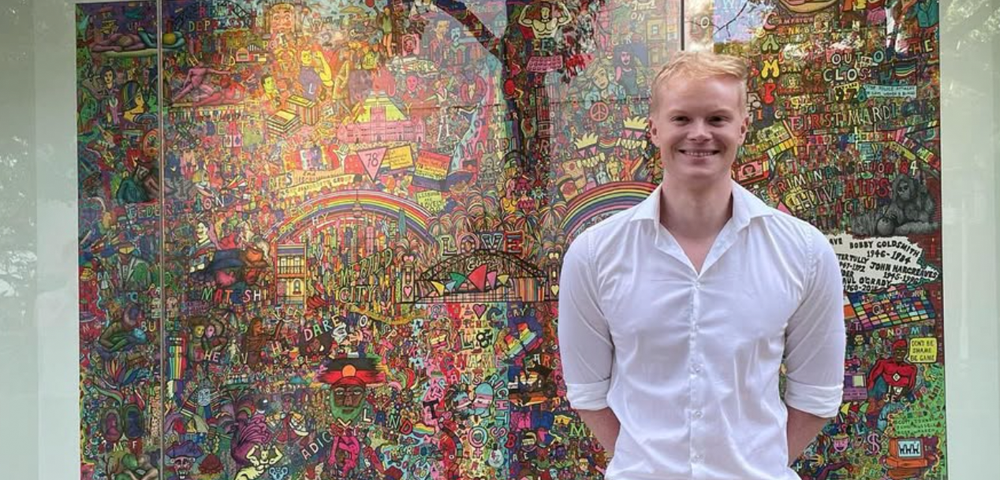
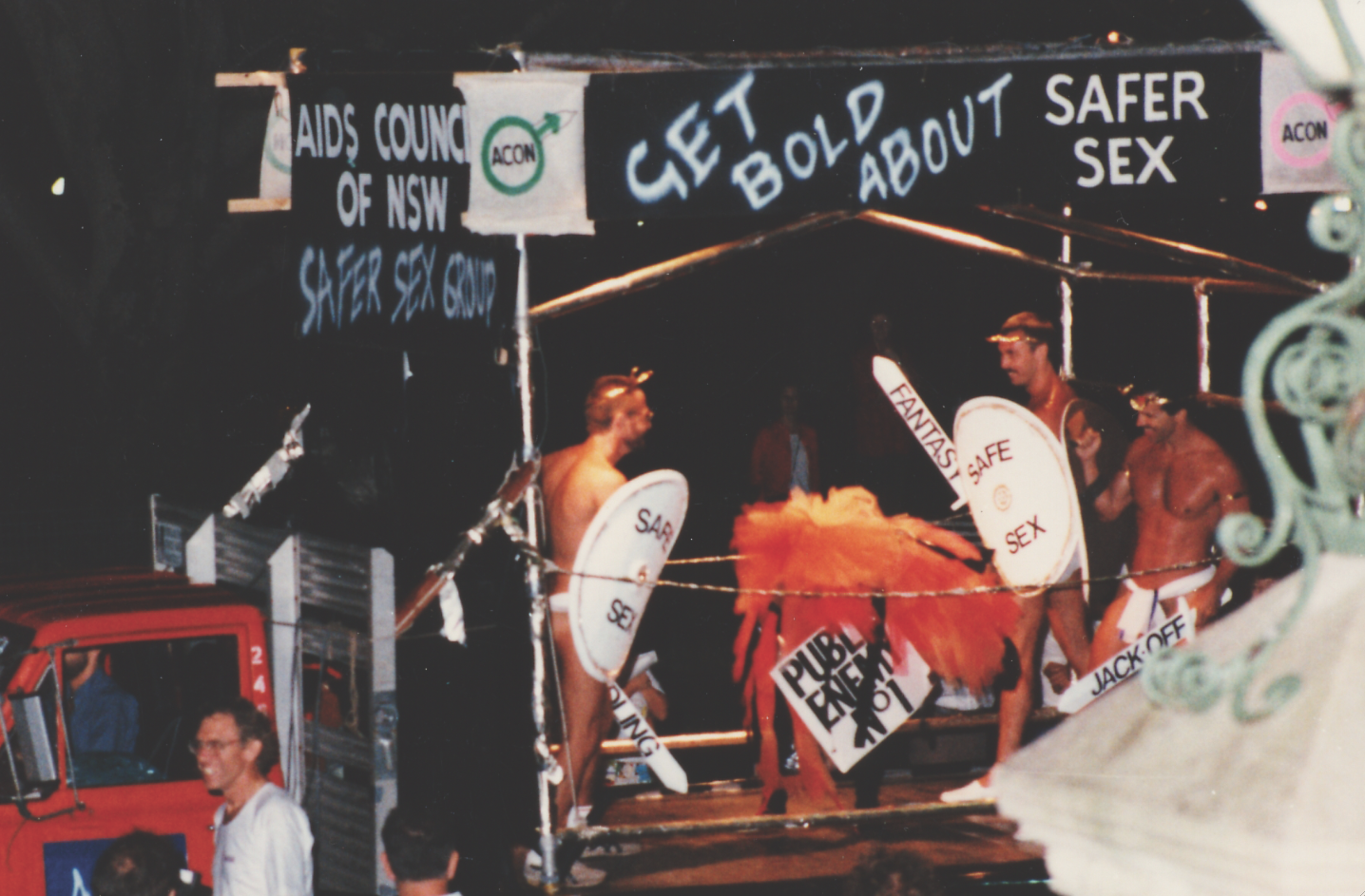
David Crawford charts his relationship and the Star Observer’s relationship with the HIV epidemic
I arrived in Sydney in 1982. Oxford Street was awash with men and women of all shapes and sizes, skin, denim, leather, lycra, drag, fringe dwellers, misfits and everyone in between.
We would flit, mince, strut, and stagger from one bar to the next and by midnight would be looking for a dance floor.
That was us in the middle of the night and by daylight some still lingered, some who shouldn’t have, while the rest of us returned to the ghettos like Kings Cross, via the Wall in Darlinghurst where the boys worked in the smoky shadows. There were no boundaries as people came in from everywhere.
The street would swell with foreign accents around February each year as the buzz of Mardi Gras grew. There were outfits, floats, playlists, fishnets, wigs, makeup, glitter and ‘party supplies and favours’ to organise.
The street would fill with parade entrants with onlookers lining the streets. Each year the parade grew, along with the crowds of spectators, and the line to the showgrounds pulsed with an electricity that excited your skin.
From the bars and dance floors, from one party to the next, from one high to the next come down, the community was displaying its tail like a courting peacock.
But something else arrived in Sydney soon after I did. Reports of a sickness, only seen in people with compromised immune systems before then, began to rise alarmingly among young gay men in the United States.
It wasn’t too long before we began to see it appearing in Sydney.
Early speculation linked it to types of behaviours, sniffing too much poppers, copping too many loads of cum, hanging out in bath houses and back rooms and it was given names like Gay Related Immune Disease (GRID) or even more offensive and stigmatising labels like the Gay Plague.
Based on my lack of ignorance I felt that I would be ok. I met a man in December of 1983, and we had a heady summer encounter that took us on a warm balmy night to the Mardi Gras of 1984.
He left a few weeks later, returning home, leaving me with a broken heart and the anthem The Boys of Summer forever in my head. We were never to see each other again. A few months later I tested positive for HIV.
I was faced with a dilemma, blow my savings on my bucket list and go overseas like so many others were doing as it was almost certain you were going to die, or stick around and fight it.
I began studying for my nursing degree. In three years, I became a registered nurse thinking fuck I’d better find a job.
In February of 1989 I didn’t realise that my career in HIV had just begun and that a few years later I would be managing Ward 17 South at St Vincent’s Hospital.
I will never forget walking into the ward through those big thick plastic doors. I would see hundreds die, mostly gay men but lesbians and straight people too. Many of those from blood transfusions, blood products and IVF.
And I saw a community rally together and fight.
Soon after, there were more protests along Oxford Street. Candles were lit at Green Park, the amber glow reflected in the endless tears on cheeks.
The names of lives lost were read aloud. This was the beginning of many candlelight vigils. And all through this we partied like there was no tomorrow.
Reports of people dying in the corridors of emergency departments drove us to seek to understand why the community was being so ravaged by fear and anger.
It seemed that as a community we weren’t ready for this. But the stories of community banding together to take the fight to the streets, to the politicians and drug companies, showed that the earlier fight for our rights had put us as a community in a strategic position to be able to mobilise resources.
In the Star Observer there were ads for services by gay tradies and professionals, counsellors and sex workers, along with spreads for the next dance party. Summer, Winter, Pimps and Prostitutes Ball, Sleaze Ball, White, Black, Paradise Garage, there was a party just about every weekend, some touted as the best parties in the world.
In amongst the pages were the obituaries of names of those who had died that week, gut wrenching, sometimes simplistic and heart felt. I would often sit in my office with the most recent edition of the Star Observer and scan the pages noting who had passed, mostly patients who had gone home to die, or the friend you knew about, or the friend you didn’t till now.
One morning I turned the page, scanned it and turned it over only to stop, draw a breath and turn back to the page. His name was there, in simple pitch-black lettering as they all were.
The name of the man I had spent my summer with, the memory of the Frangipani flower he plucked down. I will always remember this moment as the wave of my mortality crashed down on me.
Among the paper’s stories were health promotion messages, and stylised condom characters began to emerge within the pages that reflected back to us the community that we live in as we began to understand the virus better
For me the Star Observer has always been a seminal touch stone. It has chronicled our joy, pain, conquests, defeats, arts, artistry, education, lifesaving health promotion messages, politics, and the sobering epidemic of HIV that rocked our foundations.
It has been the keeper of our stories and as iconic as the street that those stories were built on.
David Crawford is a HIV Treatments Officer at Positive Life NSW





